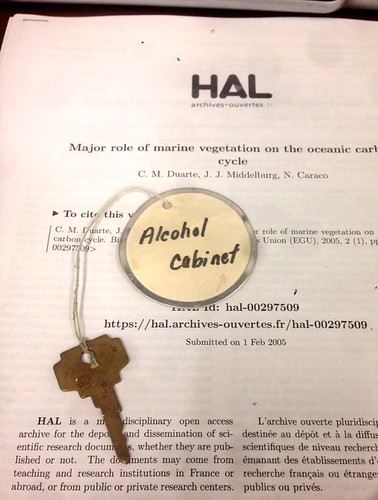Over the past year I’ve had the opportunity to become a part of a number of very different communities. These include the scientific community at the Leibniz Institut in Bremen, Germany; the international student community at the University of Essex, England; and a more adventurous community in Bodø, Norway (above the Arctic Circle). As a 2015 Oregon Sea Grant Scholar, I now have the opportunity to join the marine science community at the Hatfield Marine Science Center in Newport, Oregon.

First day working for the Feds–US Environmental Protection Agency
This summer I’ll be working with Dr. Ted DeWitt and Melissa Errend at the EPA Pacific Coastal Ecology Branch Field Station. Coming into my project I thought I’d put together a pretty solid idea of what my project entailed–Ecosystem Service Transferability. Within the first two days, however, I became increasingly uncertain as to what I’m actually really doing here. By Friday morning, I had again returned to a sort of semi-clarity on my direction and summer goals. Nonetheless, I think that it will take a bit more time to really feel comfortable and engaged in the topic I’ll be addressing. For the time being, I’m reading a mountain of papers on carbon sequestration, the oceanic carbon cycle (look beneath the alcohol cabinet key), and the ability of marine environments to store anthropogenic CO2–Known as “Blue Carbon.”
My work doesn’t involve any field or lab work, but hopefully I’ll have the chance to get in the mud, the boat, or the lab with some other projects. I may not have hunted from crabs this week, but this (below) EPA-desk-find has given me a personal goal this summer–Find the Alcohol Cabinet!

What/where is the Alcohol Cabinet, and why do I have a key to it?
On a more serious note, I have two primary professional goals this summer. The first is to produce a case study on ecosystem service transferability robust enough to be incorporated in the EPA’s final report on ecosystem transferability. My second professional goal is to develop my skills in scientific communication both through social media and more standard mediums like posters and powerpoint.
So far I’ve found Oregon pretty fascinating from the ubiquity of Birkenstocks (should I buy a pair to fit in?), to the colloquial “for sure,” to drive up espresso windows. Newport is a small but busy city with lots to see and do. I’ve already sampled some of the local seafood, Oregon pink shrimp, at the famous Mo’s. Everywhere is surprisingly green, but with temperatures around 14 degrees Celsius the first day I arrived, I was pretty surprised to find the Oregon coast just as cold as Bodø, Norway. Since then, the weather has been extremely pleasant, and to my sincere surprise, there hasn’t been any rain yet. One of my first week highlights is getting to know my fellow Oregon Sea Grant Scholars and the REU students. Together we’ve already had a cookout, beach bonfire, seen Jurassic World, and spent some time identifying the local fauna. Part of our local fauna observation included an Osprey hunting in the estuary (some fish were harmed during this experience). Its pretty awesome getting to hang out with people who think talking about fish, global warming, or new scientific discoveries is cool. I know, “#nerdstatus”, but we embrace it unabashedly.
All-in-all, I’m pretty stoked for this summer and the professional and personal opportunities and challenges it will present.
As a parting gift, here is the Newport sunset

You can also keep up with me on Twitter: @ronaldtardiff and with my fellow OSG scholars by searching for #OSGscholars on Twitter.



